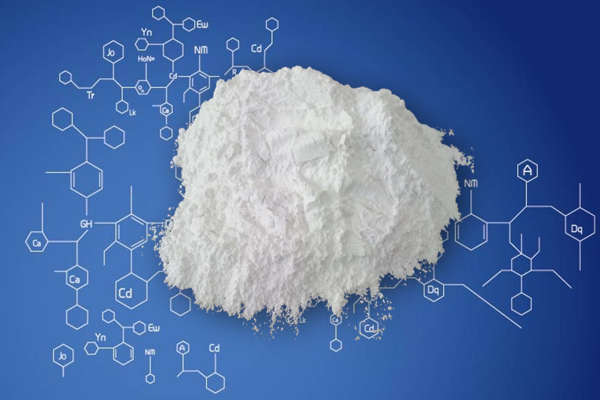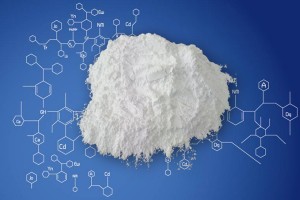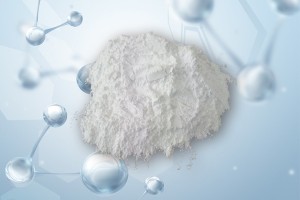Ezetimibe
Background
Ezetimibe is a potent and novel inhibitor of cholesterol absorption [1].
Cholesterol is a lipid molecule and is required to build and maintain membranes structural integrity and fluidity. Also, it serves as a precursor of vitamin D, bile acids and steroid hormones.
In differentiated Caco-2 cells incubated with a carotenoid (1 μM), ezetimibe (10 mg/L) inhibited carotenoid transport with 50% inhibition for ɑ-carotene and β-carotene. Also, it inhibited the transport of β-cryptoxanthin, lycopene and lutein:zeaxanthin(1:1). At the same time, ezetimibe inhibited cholesterol transport by 31%. Ezetimibe decreased the expression of the surface receptors SR-BI, ATP binding cassette transporter, subfamily A (ABCA1), Niemann-Pick type C1 Like 1 protein (NPC1L1) and retinoid acid receptor (RAR)γ, sterol-regulatory element binding proteins SREBP-1 and SREBP-2, and liver X receptor (LXR)β [3].
In apolipoprotein E knockout (apoE-/-) mice, ezetimibe (3 mg/kg) inhibited cholesterol absorption by 90%. Ezetimibe reduced plasma cholesterol, increased HDL levels, and inhibits the progression of atherosclerosis [1]. In phase III human trials, Ezetimibe (10 mg) significantly reduced the levels of LDL cholesterol, total cholesterol and triglycerides and increased the level of HDL cholesterol [2].
References:
[1]. Davis HR Jr, Compton DS, Hoos L, et al. Ezetimibe, a potent cholesterol absorption inhibitor, inhibits the development of atherosclerosis in ApoE knockout mice. Arterioscler Thromb Vasc Biol, 2001, 21(12): 2032-2038.
[2]. Clader JW. The discovery of ezetimibe: a view from outside the receptor. J Med Chem, 2004, 47(1): 1-9.
[3]. During A, Dawson HD, Harrison EH. Carotenoid transport is decreased and expression of the lipid transporters SR-BI, NPC1L1, and ABCA1 is downregulated in Caco-2 cells treated with ezetimibe. J Nutr, 2005, 135(10): 2305-2312.
Description
Ezetimibe (SCH 58235) is a potent cholesterol absorption inhibitor. Ezetimibe is a Niemann-Pick C1-like1 (NPC1L1) inhibitor, and is a potent Nrf2 activator.
In Vitro
Ezetimibe (Eze) acts as a potent Nrf2 activator without causing cytotoxicity. Ezetimibe enhances transactivation of Nrf2, as revealed by a luciferase reporter assay. Ezetimibe also upregulates Nrf2 target genes, including GSTA1, heme oxygenase-1 (HO-1) and Nqo-1 in Hepa1c1c7 and MEF cells. Ezetimibe upregulates Nrf2 target genes in Nrf2+/+ MEF cells, whereas this induction is totally blocked in Nrf2-/- MEF cells. Taken together, Ezetimibe acts as a novel Nrf2 inducer in a ROS-independent manner[1]. Human huh7 hepatocytes are pretreated with Ezetimibe (10 μM, 1 h) and incubated with palmitic acid (PA, 0.5 mM, 24 h) to induce hepatic steatosis. Ezetimibe treatment significantly attenuates PA-increased triglycerides (TG) levels, which is consistent with our animal study. PA treatment resulted in an approximately 20% decrease in mRNA expression of ATG5, ATG6, and ATG7, which had been increased by Ezetimibe treatment. In addition, Ezetimibe treatment significantly increased the PA-induced reduction in LC3 protein abundance[2].
MCE has not independently confirmed the accuracy of these methods. They are for reference only.
Administration of Ezetimibe (Eze) reduces the liver weights of mice fed the methionine- and choline-deficient (MCD) diet. This is consistent with the beneficial effects of Ezetimibe on hepatic steatosis. Liver histology shows pronounced multiple macrovesicular fat droplets in mice on the MCD diet, but Ezetimibe treatment markedly decreases the number and size of those droplets. Furthermore, hepatic fibrosis in mice fed the MCD diet is significantly attenuated by Ezetimibe[1]. Blood and liver lipid levels including TG, free fatty acids (FFA), and total cholesterol (TC) are significantly decreased in Ezetimibe-treated OLETF rats. Moreover, OLETF rats show higher serum levels of glucose, insulin, HOMA-IR, TG, FFA, and TC than LETF animals, which are significantly reduced by Ezetimibe. In addition, histological analysis indicated that OLETF control rats showed larger lipid droplets in hepatocytes than age-matched LETO controls, which are attenuated by administration of Ezetimibe[2].
Storage
| Powder |
-20°C |
3 years |
|
4°C |
2 years | |
| In solvent |
-80°C |
6 months |
|
-20°C |
1 month |
Chemical structure
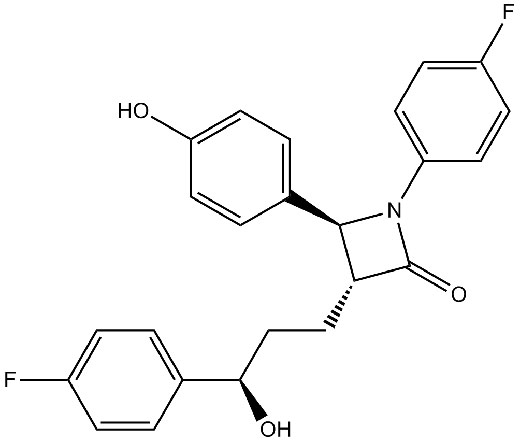
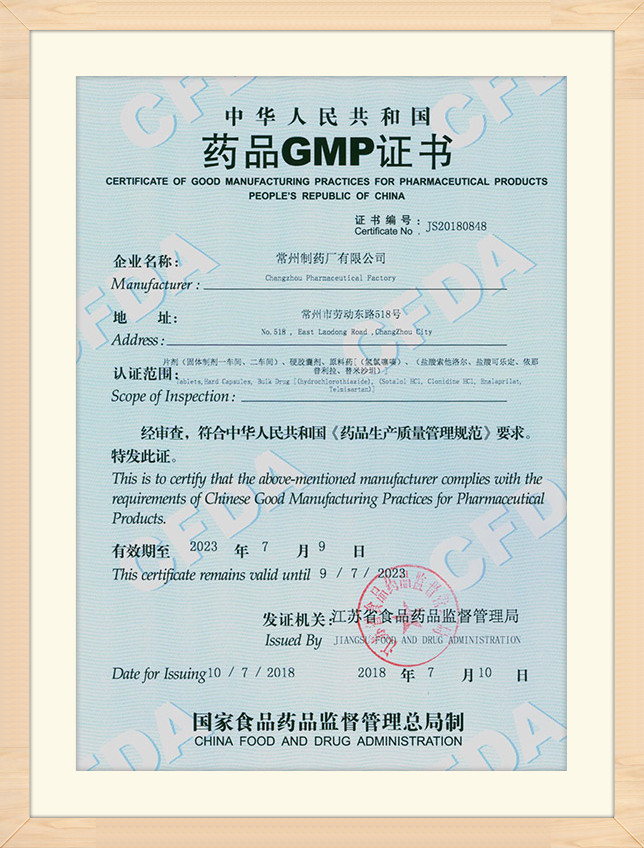
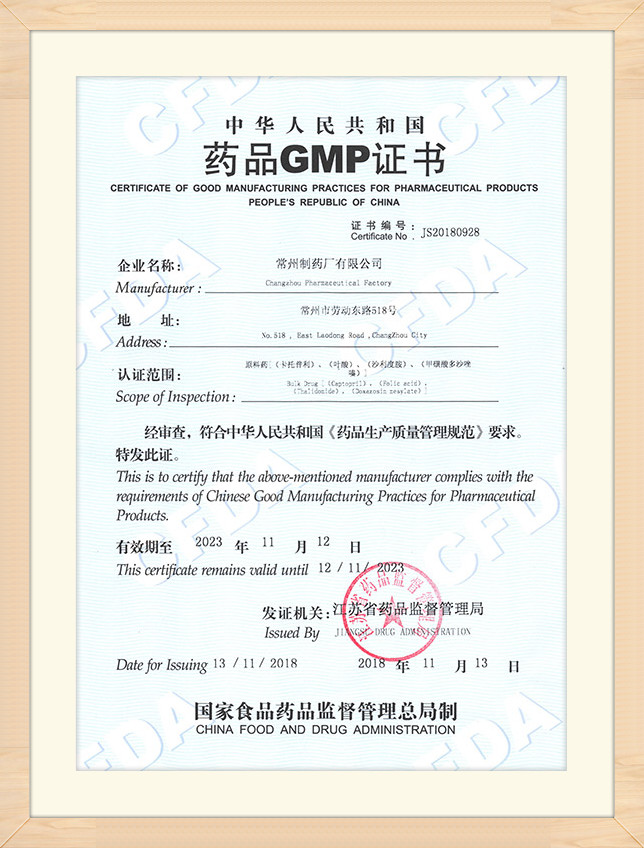
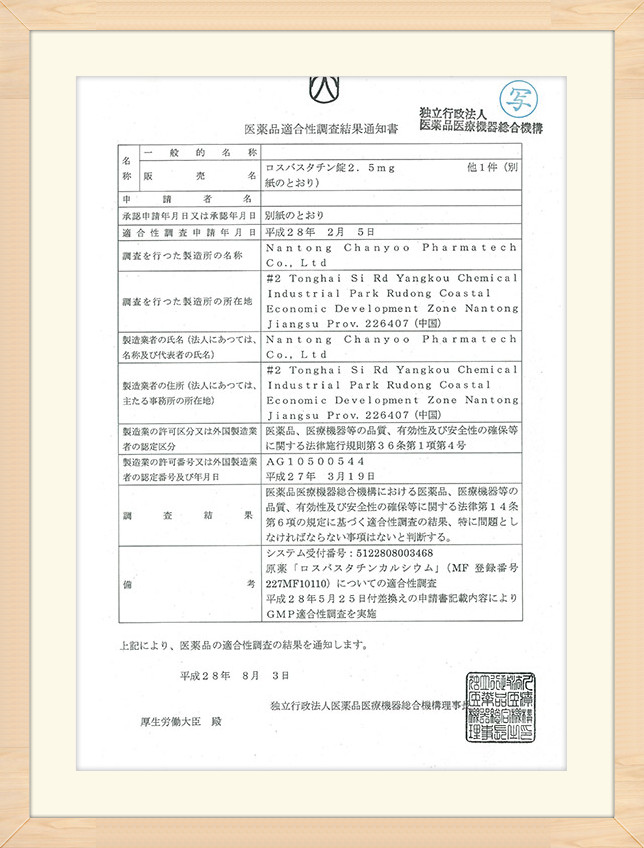
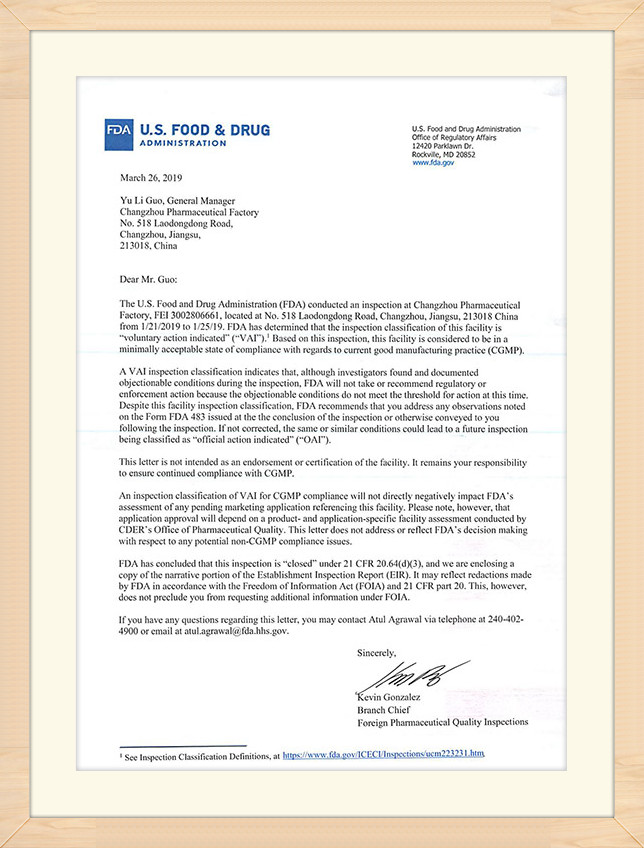

Proposal 18 Quality Consistency Evaluation projects which have approved 4, and 6 projects are under approving.

Advanced international quality management system has laid solid foundation for sales.

Quality supervision runs through the whole life cycle of the product to ensure the quality and therapeutic effect.

Professional Regulatory Affairs team supports the quality demands during the application and registration.


Korea Countec Bottled Packaging Line
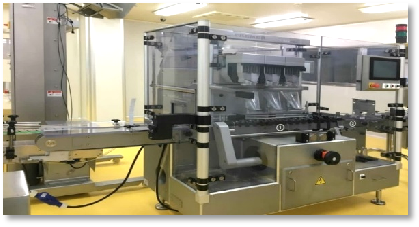
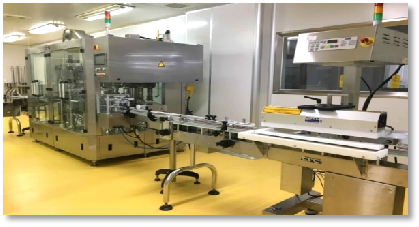
Taiwan CVC Bottled Packaging Line
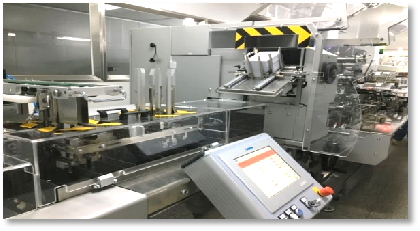
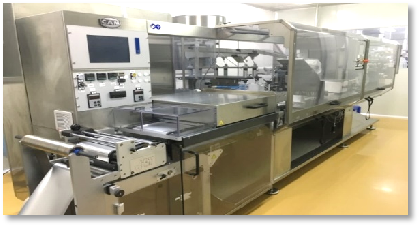
Italy CAM Board Packaging Line

German Fette Compacting Machine
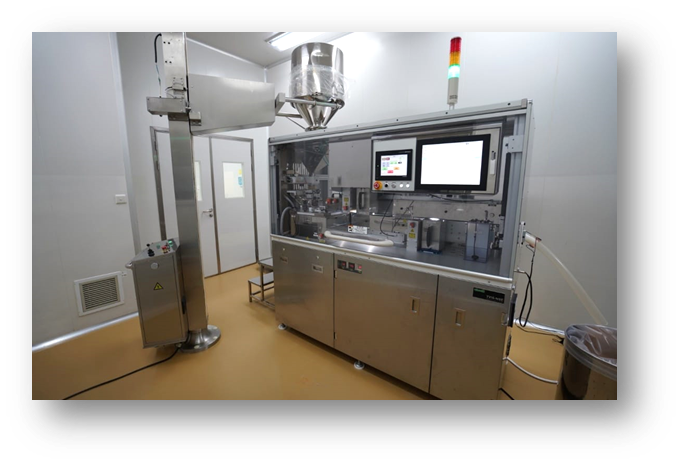
Japan Viswill Tablet Detector

DCS Control Room



